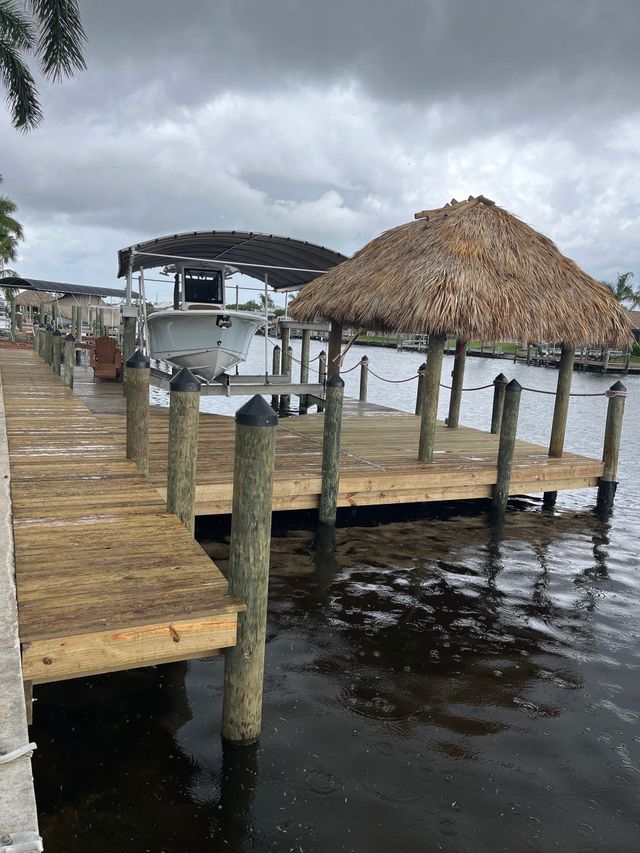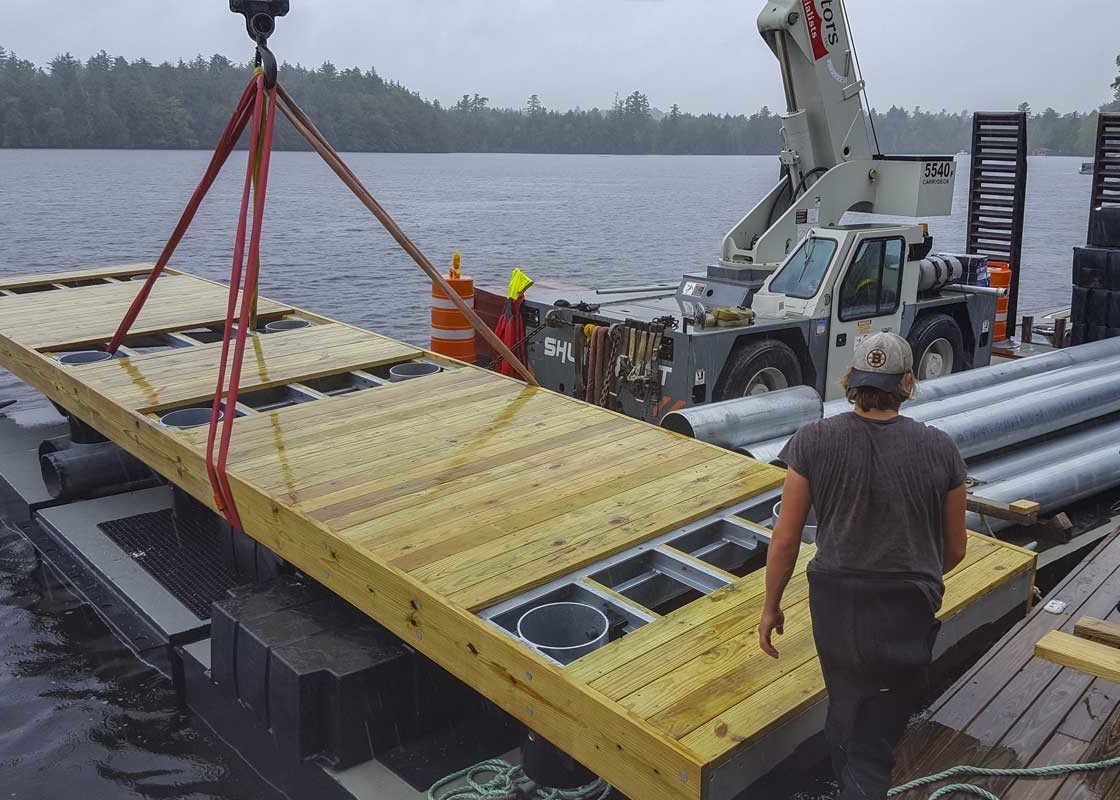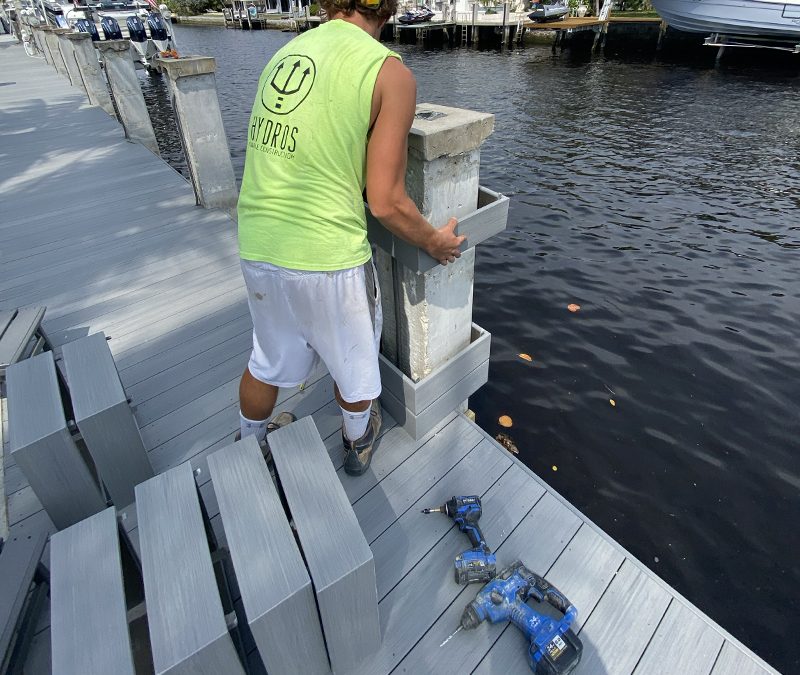Professional Insights on Long-Lasting Dock Repairs Solutions
Professional Insights on Long-Lasting Dock Repairs Solutions
Blog Article
Efficient Dock Fixing Techniques: Making Sure Architectural Honesty
Making certain the structural stability of anchors through efficient repair methods is vital for the durability and security of marine facilities. This involves a multi-faceted method beginning with thorough assessments utilizing sophisticated modern technologies like sonar tools and remotely ran cars (ROVs) to identify both noticeable and hid damages. Consequently, selecting the right fixing materials, such as corrosion-resistant alloys and composite materials, is essential for longevity. Structural support approaches, consisting of the application of cross-bracing systems and load-distribution plates, play a vital duty in mitigating stress points. The value of these techniques becomes evident when checking out advanced repair service techniques and preventative maintenance approaches.
Evaluating Dock Damage
Examining dock damage is an important initial step in making sure the architectural honesty and safety of any kind of docking facility. This first evaluation involves a thorough assessment to determine both visible and surprise problems. Key facets to analyze consist of the dock's structure, pilings, decking, and hardware. Each component must be inspected for indicators of wear, rot, rust, or various other kinds of destruction that can endanger the structural stability.
Architectural engineers or qualified examiners commonly carry out these analyses utilizing specialized tools and techniques. Undersea inspections might utilize finder devices or remotely ran vehicles (ROVs) to detect immersed damage. Above water, visual assessments are complemented by utilizing wetness meters and other analysis tools to uncover underlying issues not immediately noticeable to the naked eye.

Choosing Repair Work Materials
Picking the ideal repair service products is an essential step in the dock repair procedure, one that straight influences the long life and performance of the repaired structure. Material choice have to be driven by factors such as environmental problems, load-bearing requirements, and compatibility with existing dock elements.
Along with timber, composite products are progressively popular as a result of their resilience and reduced upkeep needs. Compounds, normally made from a blend of plastic and wood fibers, provide outstanding resistance to rot, insects, and UV damage. For steel docks, selecting corrosion-resistant alloys such as galvanized steel or marine-grade light weight aluminum is important to protect against corrosion and ensure architectural integrity in saline water conditions.
Epoxy resins and marine-grade sealants are vital for repairing cracks and sealing joints, offering a waterproof barrier and boosting the dock's general toughness. By thoroughly choosing high-grade materials, dock repair services can achieve lasting results, consequently protecting against future deterioration and making sure risk-free, dependable usage.
Structural Support Techniques
Effective structural reinforcement strategies are crucial in making sure the stability and durability of dock repair work. One basic approach includes using steel or composite reinforcement bars (rebar) within concrete structures. Rebar gives additional tensile stamina, protecting against splits and dispersing lots much more evenly. This approach is especially reliable for docks subjected to heavy tons or extreme ecological problems.
One more crucial method is the application of fiber-reinforced polymers (FRP) These products provide high strength-to-weight proportions and exceptional resistance to corrosion, making them perfect for reinforcing wooden or concrete docks. FRP can be applied in strips or sheets and bonded with epoxy materials to enhance structural honesty.
Supporting and anchoring systems likewise play a vital duty in architectural reinforcement. Cross-bracing, utilizing steel or wooden beam of lights, can counteract side forces, reducing swaying and movement. Anchoring systems, such as helical piers or driven heaps, offer a stable foundation by transferring loads to much deeper, much more steady dirt layers.
Last but not least, the assimilation of load-distribution plates can help disperse weight a lot more equally throughout the dock's surface, alleviating local tension points. These strategies collectively ensure that docks remain robust and safe, efficient in holding up against the roughness of their operational environment.
Advanced Repair Service Techniques

Another advanced strategy includes underwater welding, which permits fixings to be carried out without the demand to dewater the area. This approach is specifically advantageous for dealing with structural issues in immersed dock components, making sure minimal disruption to operations. Improved welding techniques, coupled with robot systems, supply precision and reliability, therefore prolonging the lifespan of the dock.
Additionally, cathodic protection systems are carried out to stop rust in metallic dock structures. By utilizing sacrificial anodes or amazed present systems, these techniques efficiently minimize the electrochemical procedures that lead to product deterioration.
Finally, advanced tracking technologies, such as structural wellness monitoring (SHM) systems, provide real-time information on the condition of dock structures. These systems enable proactive upkeep and prompt treatments, eventually ensuring the long-term structural stability of the dock.
Maintenance and Prevention
Maintenance and avoidance are fundamental concepts that underpin the long life and security This Site of dock structures. Routine evaluations are extremely important, allowing for early discovery of wear and tear, prospective weak points, and environmental effects. An aggressive strategy, entailing routine look link for deterioration, rot, and architectural shifts, mitigates costly fixings and extends the dock's functional life.
Safety nets ought to consist of using protective layers to metal elements to secure versus corrosion and utilizing treated wood to stand up to decay. Furthermore, guaranteeing correct drainage and air flow can protect against water buildup, which is an usual reason of structural destruction. Integrating top quality materials and adhering to supplier guidelines during construction and fixing phases likewise play important functions in improving resilience.

Educating personnel in dock maintenance ideal methods makes certain constant application of safety nets. Leveraging technical advancements, such as drones for evaluations and sensors for real-time tracking, can additionally enhance maintenance initiatives. By focusing on upkeep and avoidance, dock proprietors can ensure architectural integrity, operational safety, and affordable management over the dock's life expectancy.
Verdict
In conclusion, maintaining the structural integrity of marine facilities requires detailed dock repair strategies. Advanced repair strategies, paired with normal maintenance methods, make sure the dock continues to be safe and functional under varied ecological conditions.
Making sure the structural stability of anchors via reliable fixing strategies is extremely important for the durability and safety of aquatic centers.Selecting the appropriate fixing materials is a critical step in the dock repair procedure, one that directly affects the long life and efficiency of the repaired structure.Efficient structural reinforcement techniques are critical in guaranteeing the stability and long look at here life of dock fixings. By prioritizing upkeep and avoidance, dock proprietors can guarantee architectural honesty, operational safety and security, and economical monitoring over the dock's life expectancy.
In final thought, preserving the structural integrity of marine centers demands thorough dock repair work methods.
Report this page